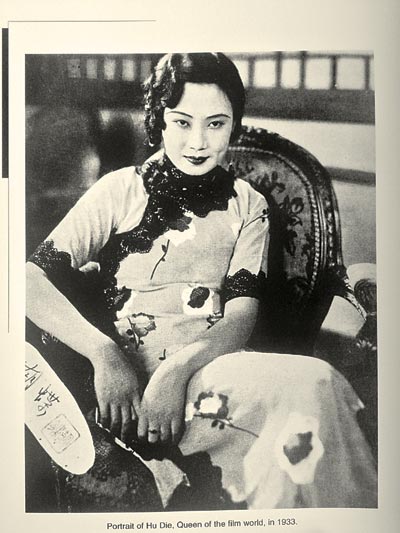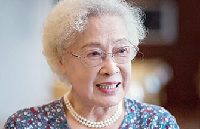Dreaming of a lost city
 |
|
The women of Shanghai: Hu Die, Shanghai's Movie Queen in 1933. Under the influence of Western culture, the role of women in Shanghai started to transform in the 1930s. Photo provided to Shanghai Star |
A darker tale
 |
| Pictures from a colorful golden age |
 |
| Memories of another era |
"I think people romanticize that period and look back on it through rose-tinted glasses," says Zhou Wanrong, a 94-year-old jazz band leader who has for the last two decades been performing at a prominent art deco hotel in the city.
Most historians concede that Shanghai was an unstable, fairly lawless place, marked by shady or larger-than-life characters, chronic poverty, buccaneers and the excesses of the wealthy. Opium use, prostitution and triad gangs were widespread.
The city was carved into a number of foreign concessions, but life outside them was not considered very safe. Foreign policemen, including Indians with bushy mustaches, could be seen guarding their sovereign’s banks and other buildings.
Rickshaws were still a luxury, let alone black Ford automobiles with barely double-digit horsepower. Most of the city's residents would cycle or board a single or double–decker tram.
"Rickshaws cost about 10-20 cents a ride when I was a child, whereas you could take the tram for 2-3 cents," recalls one elderly lady who has lived her whole life on Nanjing Road East.
"I only ever rode in a rickshaw once, when my grandmother got sick and we had to rush her to hospital," says Xia Zhufeng, 69.
"I still think it's a shame they got rid of the trams and made the roads wider. The city lost a lot of its original character."
Greyhound racing was also popular at the Canidrome on Fuxing Middle Road, or la rue Lafayette, as it was then called. Huaihai Road was not known by its current name, but as Avenue Joffre in honor of the French War hero.
The Canidrome was built in 1928 in the former French Concession, one of several foreign settlements in the city, and was torn down in 2006.
In its heyday, American jazz great Buck Clayton would perform at its clubhouse with his Harlem Gentlemen. But it was another American, Whitey Smith, who claimed he had taught the Chinese to dance by performing at venues like the Paramount and the Majestic Hotel Ballroom. These were among a handful of leading ballrooms in the city.
Smith arrived in 1922 and left when the Japanese invaded in 1937.
Over the next few years, thousands of refugee Jews poured into the city fleeing Hitler's Germany and war-torn Europe, leading to the creation of the famous Shanghai Jewish Ghetto.
This later became codified as the Designated Area for Stateless Refugees when the Japanese ordered an estimated 23,000 Jews and many more Chinese to move into an impoverished onesquare-mile area in Hongkou.
















